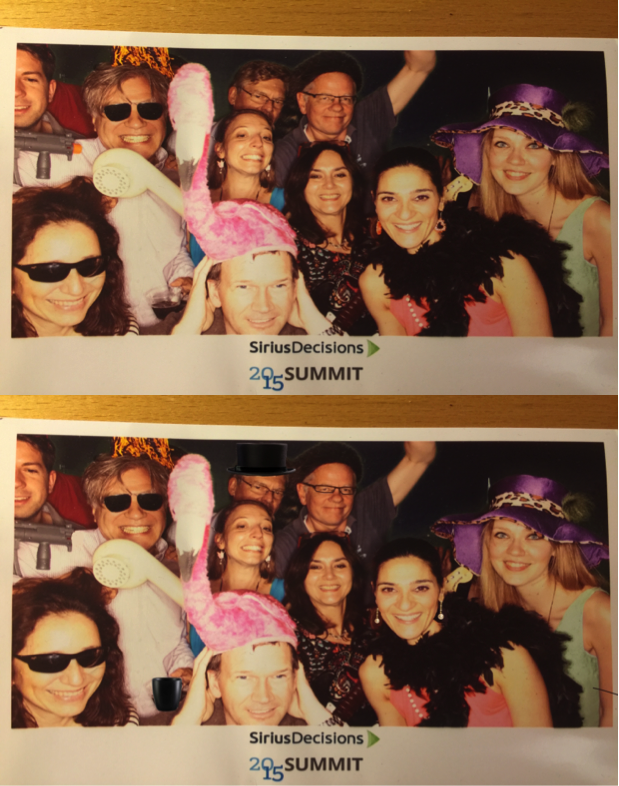European Marketing – Can You Spot the Difference?
- Capturing the quintessential forces that shape a European marketer’s role still requires careful consideration
- These categories shape the daily reality European marketers face in their home countries, and across other countries they manage
- Procedural and cultural differences are important to consider
When I was young, I loved “spot the difference” puzzles. At first glance, the pictures look identical but as you look more closely, you start to notice significant differences. After a recent inquiry delving into the differences between demand creation marketers in Europe and their counterparts in North America, it dawned on me that spotting these differences was just like those puzzles from my childhood.
Language differences aside, many would say marketing roles on either side of the Atlantic have similar pipeline objectives, leverage similar tactics and – thanks to global marketing automation platform and sales force automation system deployments – use the same automation and reporting platforms. And yet intrinsically we know differences exist which, if ignored, can result in poor cross-border collaboration, resistance to sharing content and campaigns, and low acceptance of global tools and processes.
Although I have lived and worked in Europe for over 25 years, capturing the quintessential forces that shape a European marketer’s role still requires careful consideration. After all, we never see ourselves as different. It’s everyone else who’s different!
I grouped my observations into four categories:
- Market variations. Market-specific considerations that must be researched and understood within the context of each European country. These include differences in market size, buyer personas, competitive landscape, regulatory, channel partner and economic climate.
- Procedural variations. Differences in how marketing activities are budgeted, planned and executed on a day-to-day basis, driven in part by the market variations. These include differences in the scope of roles, market planning and resource allocation, budget allocation, campaign planning and the use of automation systems.
- Demand creation variations. Differences in demand creation practices, including marketing tactics and tracking driven by both market and procedural variations. These include content assets, offers and delivery mechanisms (e.g. Web, advertising, email). These also include considerations that impact teleprospecting, PR and events.
- Cultural variations. Differences in perceptions and behaviors within each European country. These include how prospects and customers provide feedback, how influencers are leveraged and how marketers view their roles.
Together these four categories shape the daily reality European marketers face in their home countries, and across the host of other countries they manage. Ultimately, it is this marketing kaleidoscope that makes Europe such a fascinating place to work.
In my next blog, I will further examine these differences, starting with the market variations that shape how European marketers approach demand creation. I will also be hosting a session examining one specific market variation, data privacy regulation, at our SiriusDecisions European Summit in London.
Can you spot the difference?
See if you can spot the 5 differences hidden in these two pictures. Good luck!

Leave us a comment and let us know what you find – and be sure to join us at SiriusDecisions Summit Europe.